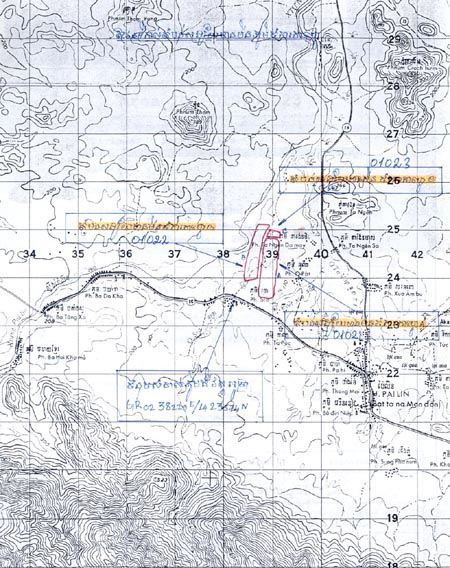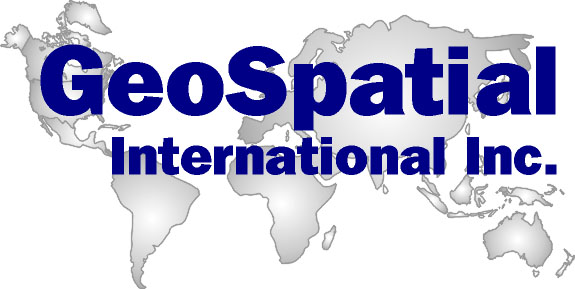 |
CAMBODIA NATIONAL |
 |
 |
CAMBODIA NATIONAL |
 |
| Scale | 1:50,000 |
| Spheroid | Everest |
| Grid | 1,000 meter UTM Zone 48 |
| Vertical Datum | Mean Sea Level at Ha Tien |
| Horizontal Datum | Indian Datum 1960 |
| Scale | 1:100,000 |
| Spheroid | Everest |
| Grid | 1,000 meter UTM Zone 48 |
| Vertical Datum | Mean Sea Level at Ha Tien |
| Horizontal Datum | Indian Datum 1960 |
| Administrative Unit | Number of Units | Boundaries Amended | Center Points amended |
| Province | 24 | 18 | - |
| District | 186 | 131 | - |
| Commune | 1629 | 881 | - |
| Village | 13910 | - | 12913 |

surveyors drew suspected areas (in red) and indicated
GPS coordinates (in yellow) on photocopies of base maps.
 |